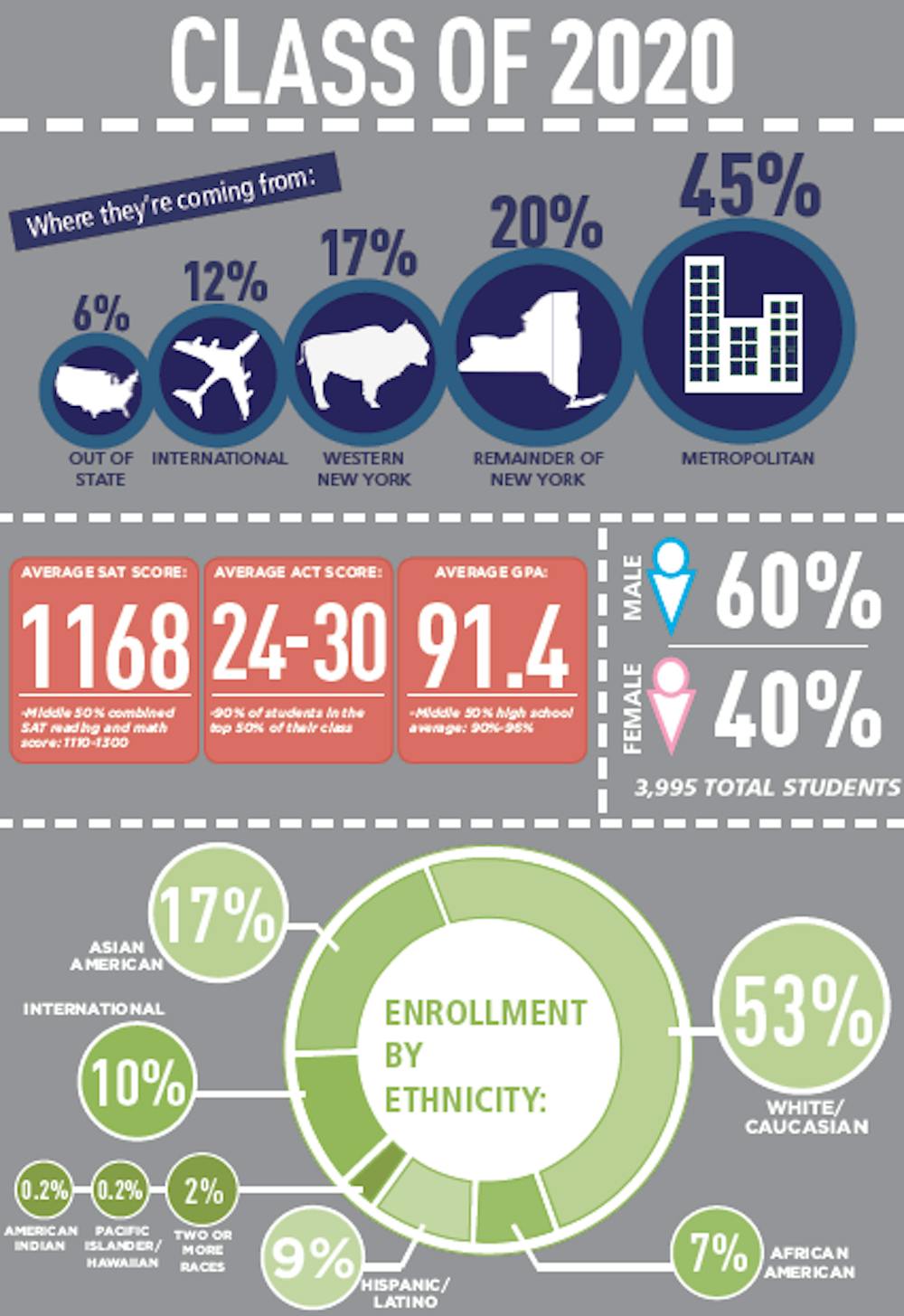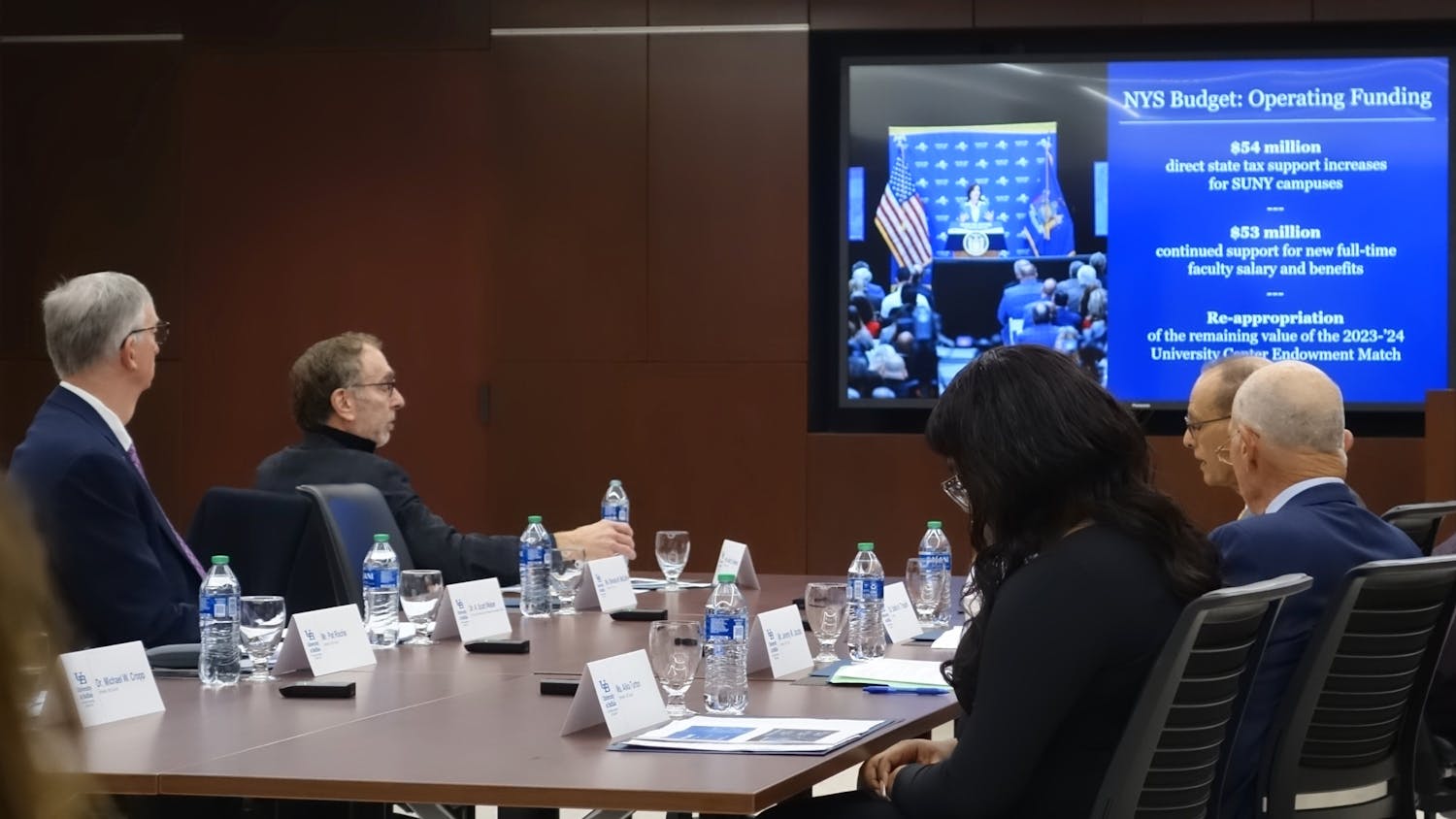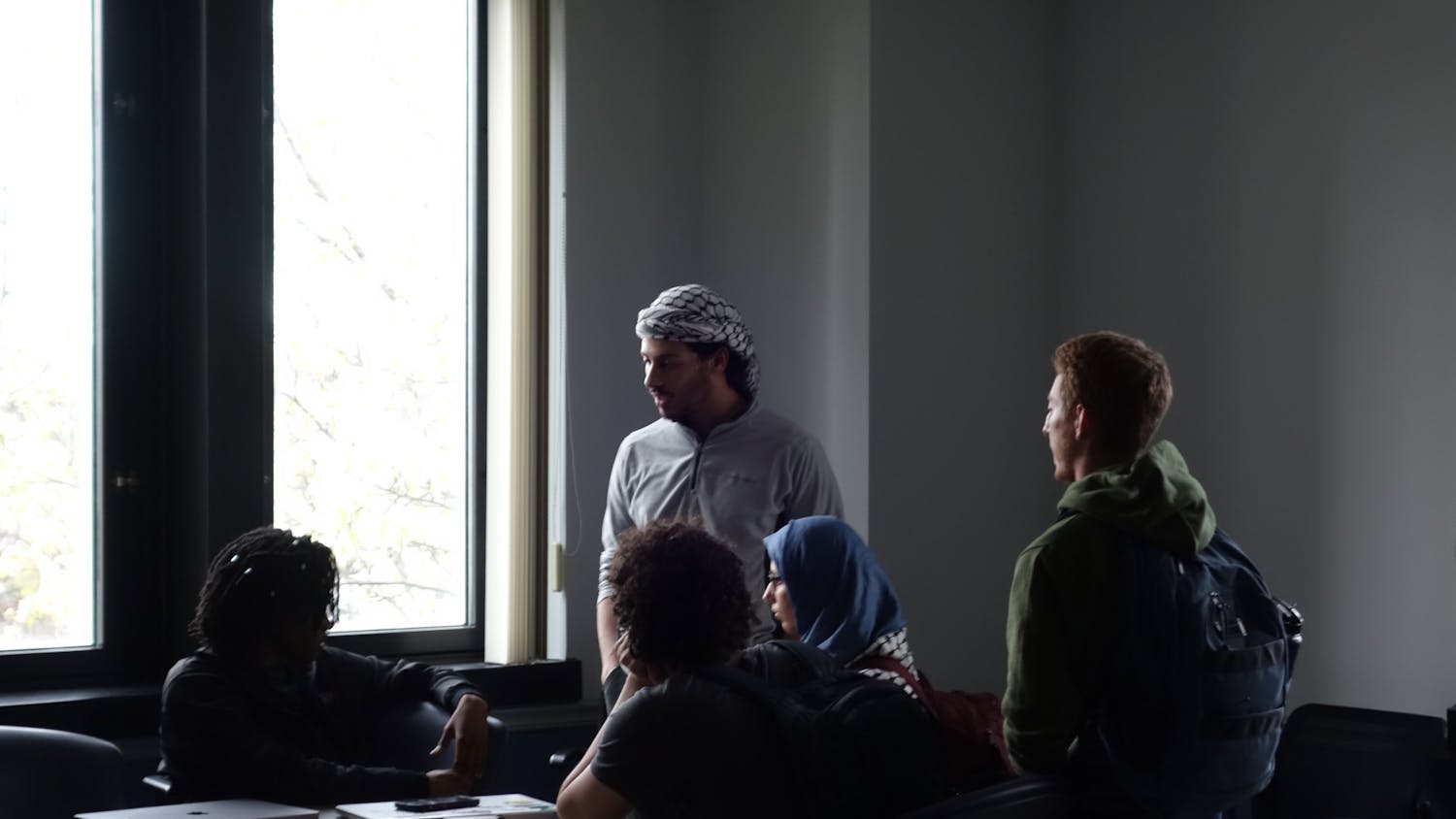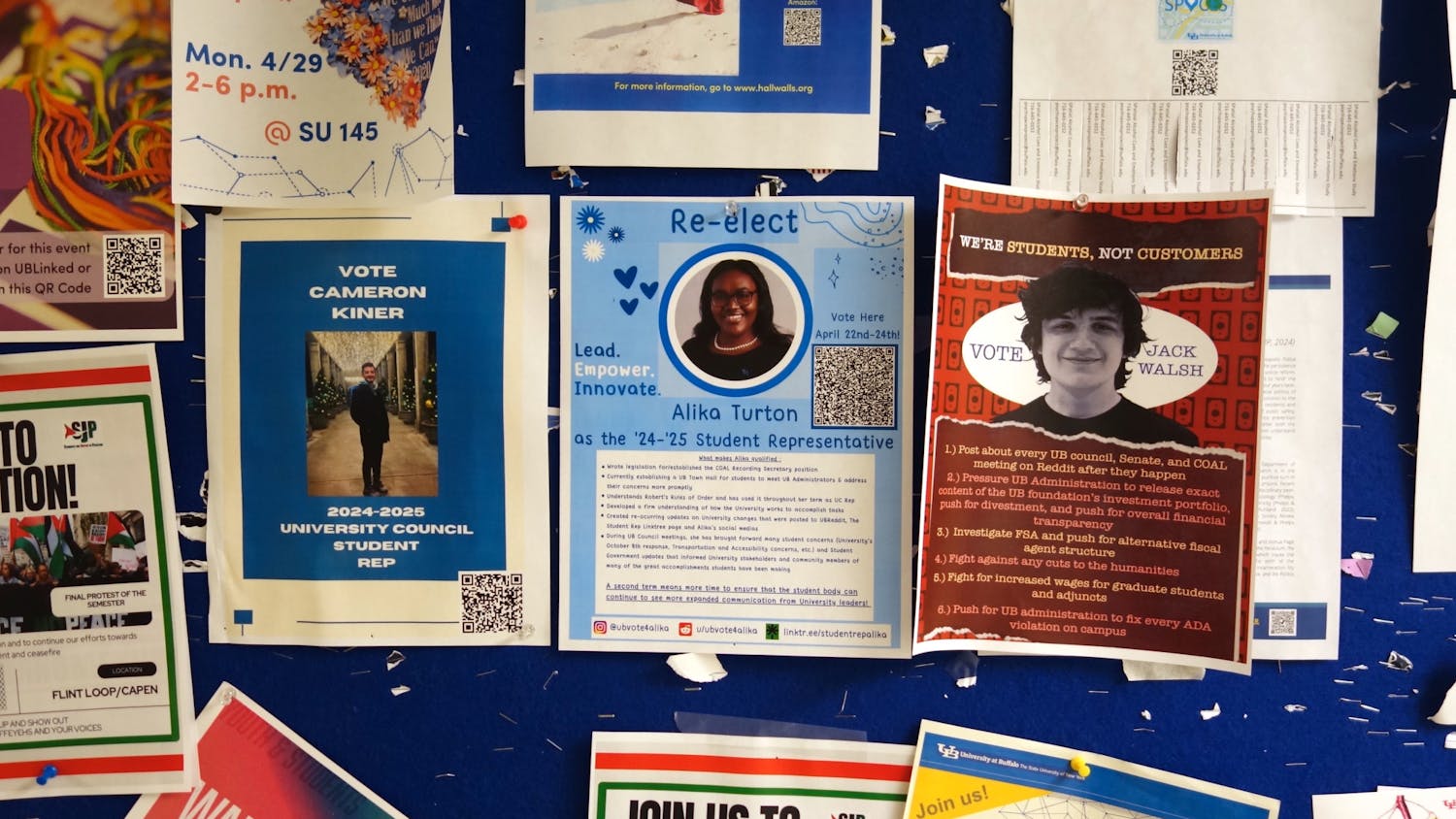UB Class of 2020 is now bigger and more diverse than ever with 400 more international students and 10 percent more minority students.
This year’s freshmen class of 3,995 students is possibly the largest class in history, according to Lee Melvin, vice provost for Enrollment. Freshmen applications have increased by 10 percent. The university received 25,657 applications this year while last year it received 23,321. Melvin said 59 percent of the students who applied were accepted to the university.
The official enrollment total for freshmen students will be counted in the next few weeks, according to UB Spokesperson John Della Contrada.
Forty-five percent of freshmen are from the Metropolitan area of New York. Seventeen percent are from the Western New York area, 12 percent are international, 6 percent are from out-of-state areas and 20 percent are from the remainder of cities in New York, according to the Office of Admissions.
The average high school GPA for the Class of 2020 is 91.4, according to Della Contrada. Freshmen scored between 24-30 on their ACT exams and the average SAT score is 1168, according to the Office of Admissions.
The university also hired more adjunct and full-time professors and faculty in order to accommodate the high number freshmen students, according to Melvin.
“We continue to work with our colleges and all of the academic units,” Melvin said. “We kept them informed as to what the students need and worked with them over the summer to tell them the size of each class.”
The Honors College admitted 434 students, an increase from the 395 last fall. Melvin said freshmen students admitted into the Honors College were placed in the top 10 percent of their high school classes.
Ten percent more minority freshmen students were admitted to the university this fall, according to Della Contrada.
As of Aug. 24, .2 percent of freshmen are Native American, 7 percent are black, 9 percent are Hispanics or Latino, .2 percent are Pacific Islanders or Hawaiian, 17 percent are Asian American, 53 percent are White, 10 percent are international and 2 percent are two or more races, according to Melvin.
There was an 11 percent increase in minority enrollment this fall. Melvin said the Office of Admissions has a recruitment team specifically responsible for attracting minority students to the university.
The team focuses on leading minority efforts and initiatives aimed at Hispanics and Latinos, African Americans and other minority groups. They work with the entire Office of Admissions to “convey diverse messages and market to minority students,” according to Melvin. Visiting high schools, community-based organizations and hosting programs to share minority students’ experiences outside are ways in which the university tried increasing enrollment.
On-campus housing for the increased number of students has been affected as well.
First-year UB students are placed in residential halls located on North Campus and South Campus, according to Michael Koziej, senior associate director of Campus Living. Freshmen students living on North Campus are placed in Governors Hall and in the Ellicott Complex. Freshmen students living on South Campus are placed in Goodyear Hall and Clement Hall.
While some might expect there to be less room in housing for all of the new students, Koziej said students have been spread out and accommodated on either North or South Campus.
He said about 25 percent of freshmen students live in Governors Hall. Another 25 percent of freshmen live either in Goodyear Hall or Clement Hall and the remaining 50 percent of freshmen live in Ellicott.
Koziej said living in residence halls helps freshmen get used to the campus and find a “smaller niche,” where resources are readily available to them and helps them “to adjust to such a large place.”
“We are home to over 75 percent of the first year students and many students consider living on campus that rite of passage,” Koziej said. “We build a foundation for students to prepare themselves for the university.”
The cost of living in each freshmen residential hall is essentially the same for all students, according to Koziej.
Roughly 20 “non-traditional” freshmen live in on-campus apartments. According to Koziej. Non-traditional freshmen are students who took a few years off prior to entering the university but are still considered to be first-year students, Koziej said.
Mandi Sachs, a freshman communication major, enjoys the large size of the university.
“I loved the vibe of the school and what is has to offer me, I love the people and how friendly they are,” Sachs said. “I think [how large the school is] gives me an opportunity to explore and meet new people.”
Hannah Stein contributing reporting on this story.
News Desk can be reached at news@ubspectrum.com.





